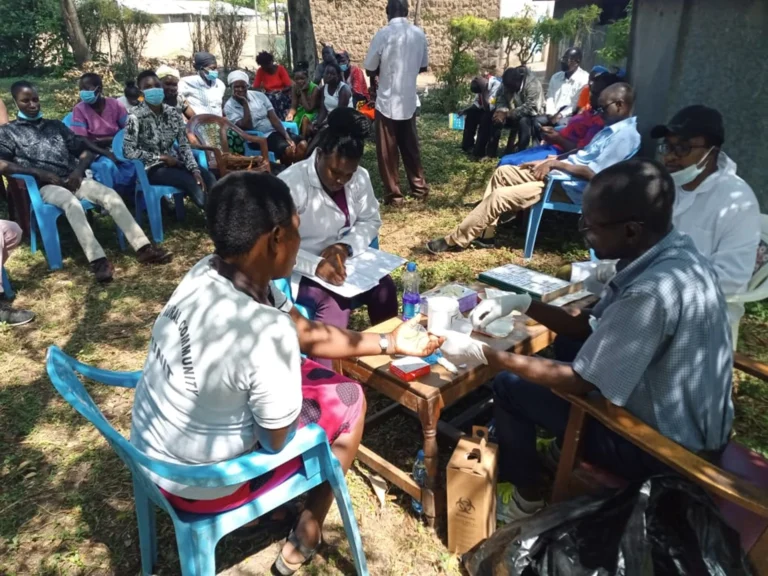

In a world often dominated by North-led narratives, a quiet transformation is taking place. Countries from the Global South, especially in Asia, Africa, and Latin America, are coming together to rewrite the rules of engagement. South-South Cooperation (SSC) is no longer a footnote in international diplomacy. Instead, it is emerging as a bold alternative to the traditional North-South dialogue.
But is it truly delivering on its promise, or is it just a mirage in the desert of global inequality?
What is South-South Cooperation?
South-South Cooperation refers to the exchange of resources, technology, and knowledge among developing nations. Unlike traditional aid models, it is not charity, it is mutual empowerment.
This approach fosters solidarity, collective self-reliance, and shared growth among countries that are often sidelined in global decision-making.
Some iconic platforms for SSC include:
- BRICS (Brazil, Russia, India, China, South Africa)
- IBSA Dialogue Forum (India, Brazil, South Africa)
- African Union, ASEAN, and CELAC partnerships

Why is it Gaining Momentum Now?
Several global trends have pushed developing countries to look inward and sideways instead of upward:
- Growing disillusionment with Western-dominated institutions like the IMF and World Bank
- China’s Belt and Road Initiative reshaping infrastructure links in Asia and Africa
- The post-pandemic economic reset, exposing vulnerabilities of dependence on Northern economies
- Calls for climate justice, where developing nations refuse to be bullied by historical polluters
Today, countries like India and Brazil are not just aid receivers, but solution providers, from low-cost vaccines to digital public infrastructure.
Promise of South-South Cooperation
- Shared Problems, Shared Solutions– Whether it is urban poverty, energy transitions, or food insecurity, countries of the South face similar developmental challenges. This makes cooperation more relatable and practical.
- Redefining Diplomacy– SSC is not just transactional. It is based on equality and mutual benefit, unlike the conditional aid often tied to political strings in traditional models.
- Technology and Knowledge Transfer-India’s Digital Public Infrastructure, Kenya’s mobile banking revolution, or Brazil’s public health outreach, these examples show how the South can learn from each other without reinventing the wheel.
Illusions and Challenges
While the idea of this Cooperation is powerful, reality often falls short of rhetoric.
- Power Asymmetry-Even within the Global South, countries like China often dominate the agenda, leaving smaller nations with little negotiating power.
- Lack of Institutional Strength-Unlike Western bodies with decades of structure, many Southern alliances are still informal and fragmented.
- Geopolitical Tensions-Rivalries like India-China or regional disputes in Latin America limit collective action.
South-South and the Global Order
This Cooperation is not meant to replace the North but to rebalance the table. In platforms like G20, developing nations now speak with more unity and purpose. India’s leadership at global forums like the Voice of Global South Summit has shown how these nations are seeking not just representation, but respect.
What Lies Ahead?
To realize its full promise, the South-South Cooperation needs:
- Stronger institutions with defined goals
- Transparency and accountability in projects
- More people-to-people connections, not just state-level deals
- An open, inclusive dialogue that does not mimic the inequalities it aims to fight
The Cooperation is both a bold promise and a fragile hope. It carries the potential to democratise development, rewrite narratives, and build a world that listens to the voices of all, not just the powerful few.
But for that to happen, the South must stand not just together, but with clarity, courage, and consistency. Whether it will be a revolution or remain rhetoric depends on the political will of its leaders and the participation of its people.
For more such informative articles stay tuned at The World Times



